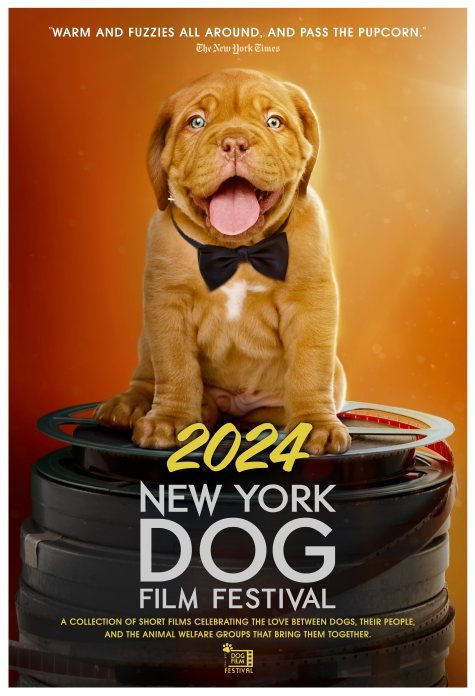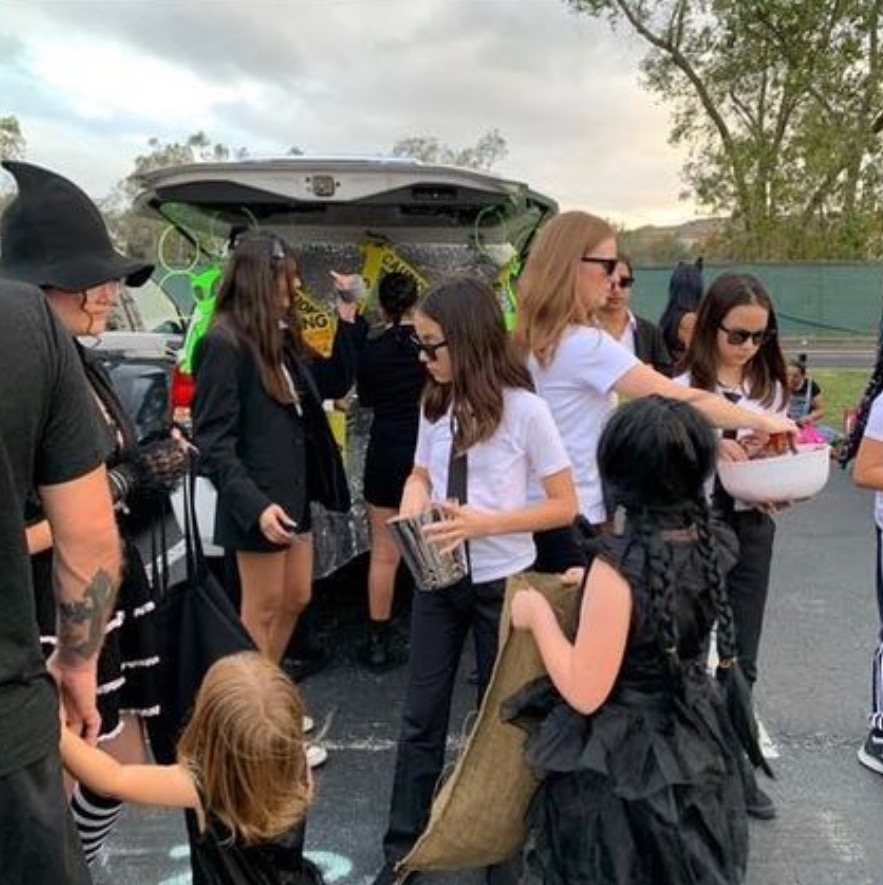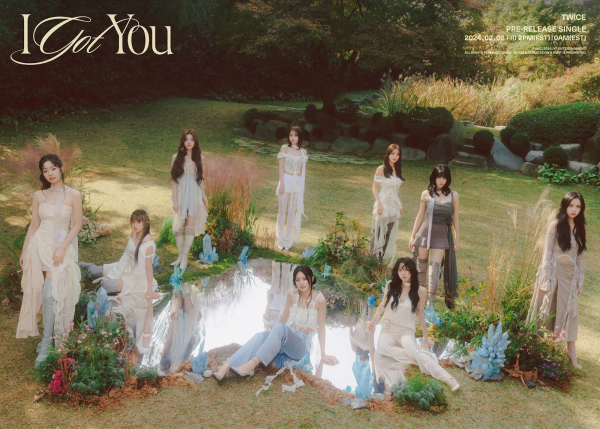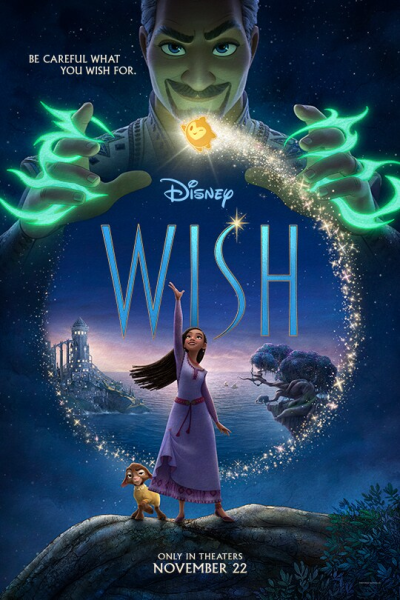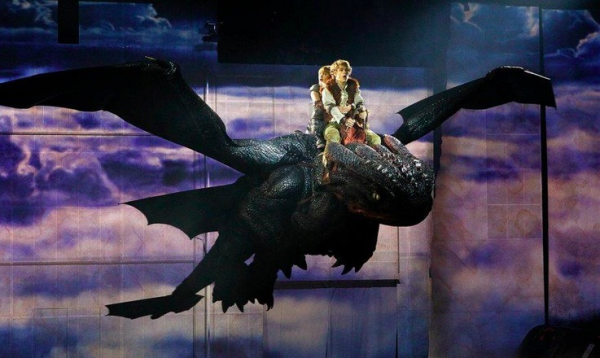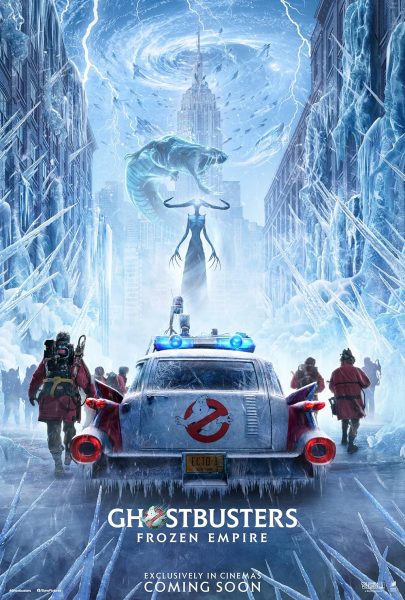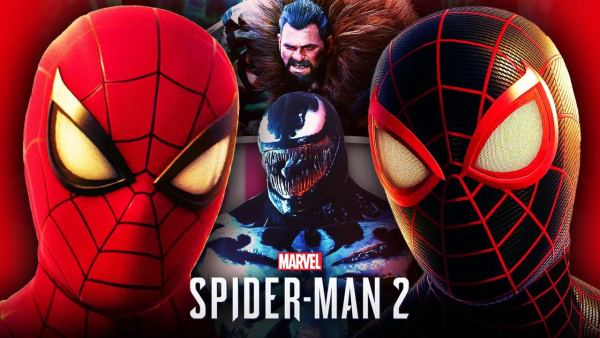The Creation of “Smile”
January 5, 2023
The movie Smile created a disturbing atmosphere that creeped out audiences in more ways than one. The September release’s entire premise was as follows: a dark entity followed people around and fed off of their suicide-based trauma. The entity disguised itself as a human and before each character died, it would smile.
Parker Finn, the director, stated, “We walk around with traumas … we will wear a smile as a mask. I wanted the smile to be a mask to hide evil’s true intentions.” This being Parker’s debut film, he took inspiration from a myriad of different subtopics and various tales. He took inspiration, mainly, from urban legends and “Creepypastas.” The basis of the film was a metaphor for how evil lurks in everyone’s mind, and how hard it is to escape it. Finn wanted to showcase the feeling of your brain turning against you with no way of being able to stop it, especially since none of the smiles were digitally altered.
Creepypastas, as said earlier, are horror-based writings, images, videos, etc. that have circulated the internet. The intent of a Creepypasta is similar to that of a horror movie, to scare the audience. These pieces of media are often thought to be real, which amplifies the terror aspect.
Creepypastas, when done right, can elicit the right amount of fear in the audience. Which is what Finn succeeded at bringing to his film. The amount of time the smile took, created a creepy atmosphere that also ventured into the Uncanny Valley.
The Uncanny Valley is the grey area between something that looks human and something that is human. When something typically not seen as human takes on more human-like features, it can turn into an unsettling sight, even if it wasn’t the original intention. Very-well-mind writer, Kendra Cherry, wrote in her article, “What Is the Uncanny Valley? Example and Explanations for the Uncanny Valley Effect” that, “[The] slight chasm between looking “almost human” and “fully human” leaves you feeling discomfort or even revulsion.”
To circle back, the smiles that Finn shows in his movie made the audiences have similar reactions. Not disdain or disgust per se, but, as stated before, fear. The New York Times article “In ‘Smile,’ Why the Grins Are So Grim” said that, scientifically, smiles depend all on the “mouth shape, eye warmth, spatiotemporal dynamics, body language” of an individual.
Of course, the film was a disturbing movie, which unsettled a majority of the viewers, but its success is accredited to the director. Finn used subtopics that the majority of the audience had taken interest in, such as old wives’ tales, urban legends, and Creepypastas making a great and scary film for the Halloween atmosphere.







